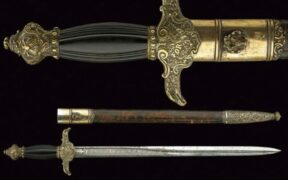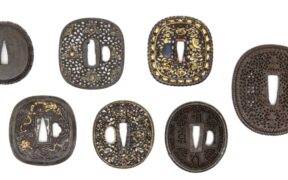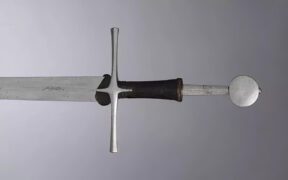Our content features commercial links to our products, committed to transparent, unbiased, and informed editorial recommendations. Learn More
The Sword Cane: Tracing Its History and Distinctive Traits
NO AI USED This Article has been written and edited by our team with no help of the AI
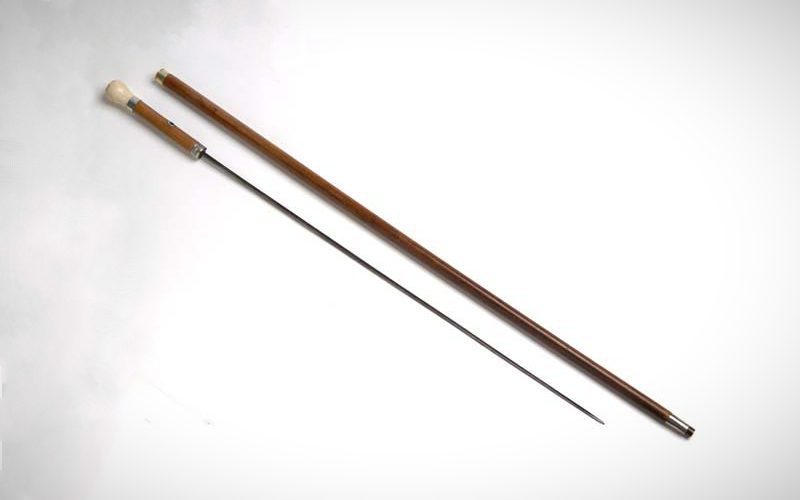
Disguised as an ordinary walking stick, a
Let’s explore the history of
General Characteristics of Sword Canes
Sword canes are discerned by their concealed blade inside a hollow shaft, but their quality and style varies depending on the country and period they came from.
Here are the common characteristics of swordsticks:
Type of Metal
In the 19th century, blades were items of international trade. Most European
It is rare to find an American blade in swordsticks, and it was not common practice for American manufacturers to sign their blades. Today, contemporary bladesmiths create heavy-duty
Blade Appearance
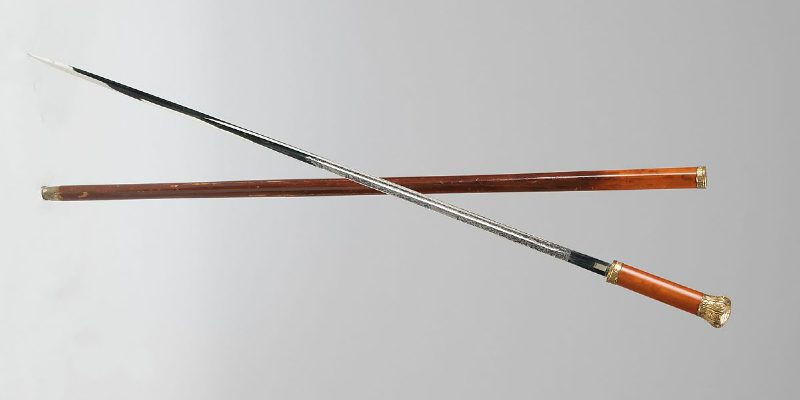
Most blades in walking canes resemble swords, but the shape varies depending on their origin. Some hidden blades were double-edged, but 18th-century examples were triangular-shaped or similar to rapier with a narrow, sharp tip.
Some 19th-century
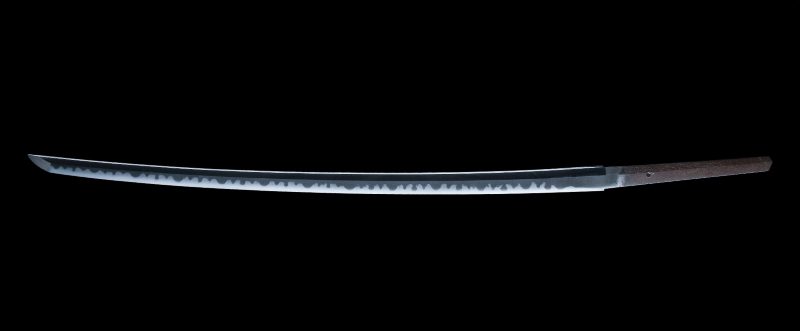
In Japan, some swordsticks called shikomizue had single-edged saber-like blades similar to katana. These blades usually featured a hamon or temperline pattern commonly seen on samurai swords. However, most historical examples had straight and relatively thin blades that are usually of poor quality, probably because they functioned as backup weapons.
Size and Length
Sword canes had no standard size as they usually depended on the height of the owner, but they often had full-length blades of typical swords. Surviving examples have an overall length ranging from 95 to 130 centimeters.
Sword Mounting
Instead of the traditional scabbard,
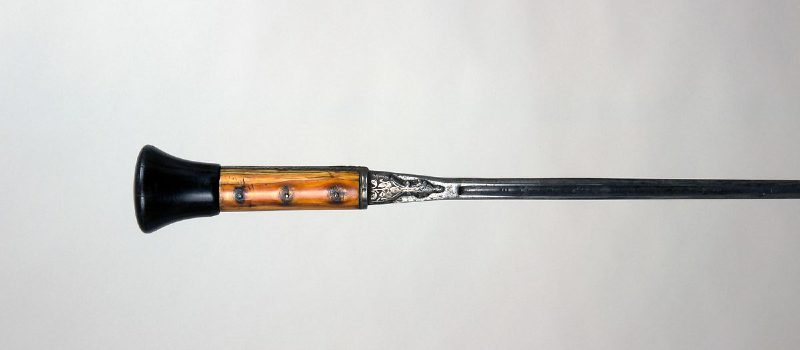
Walking cane swords have a locking device that secures the blade, in which a simple twist releases it. Like a functional
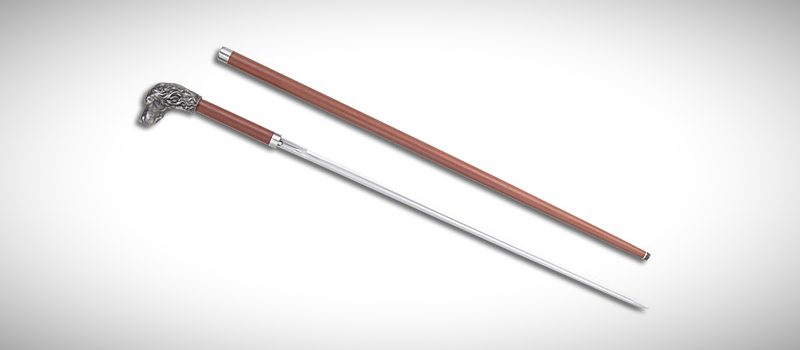
Modern reproductions often feature stainless steel or aluminum shafts. They often feature decorative pommels, from macabre skull motifs to animals and mythical creatures. Others are more practical in design and have pistol grips.
Facts About the Sword Cane
Throughout history,
Sword canes served as family heirlooms in Europe during the 16th century.
The nobles had the privilege of carrying a
Other self-defense canes featured hidden spikes and daggers.
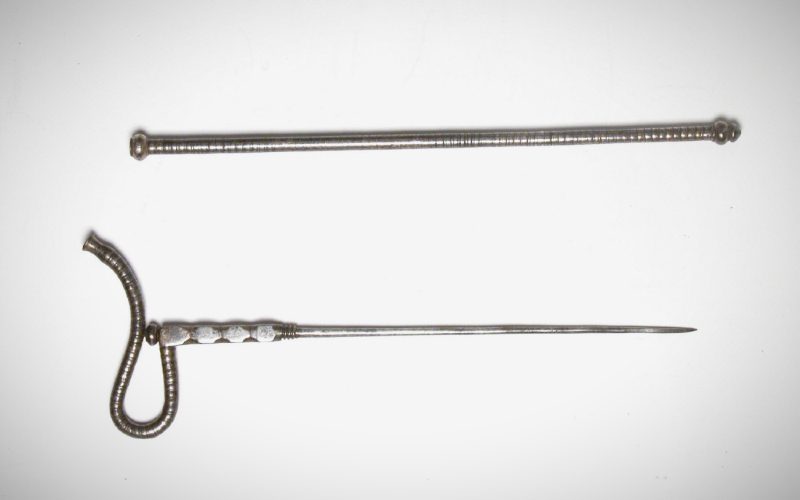
Self-defense canes conceal almost all kinds of weapons that are used in place of a traditional walking stick. The Indian fakir’s crutch has a concealed dagger screwed into the hollow wooden stick, often used by holy men or fakirs.
On the other hand, the traditional Basque walking stick called makhila usually has a hidden steel spike that can serve as a stabbing weapon and symbolizes nobility and authority. Other
Gun canes gave an advantage to users against assailants who carried sword canes.
In the 18th century, country roads were dangerous, so coachmen or drivers of horse-drawn carriages carried
Some walking sticks concealed vials instead of
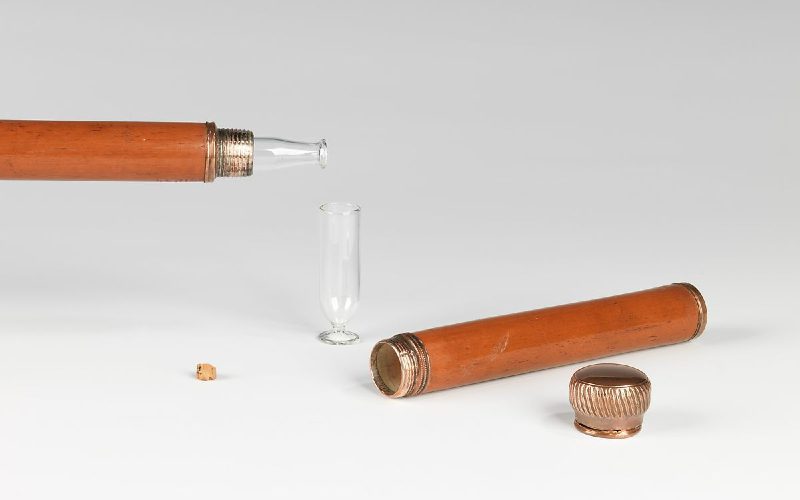
Sometimes called country canes, walking sticks for outdoor use usually consisted of glass vials for liquor, while others included knives and forks for picnics. Just like
The shikomizue was one of the deadly weapons of the ninja.
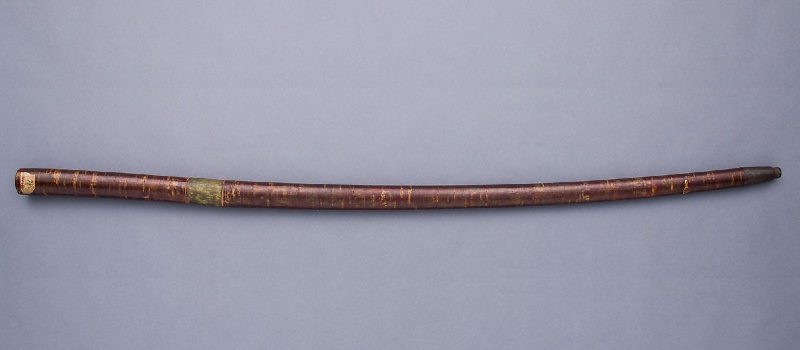
The ninja used several staff and canes called shinobi-zue. Their secret cane was the shikomizue which concealed a hidden
In most countries and states, sword canes are regarded as offensive weapons.
In Canada, carrying a concealed weapon like a
Sword canes are among the most popular weapons in films and anime.
Like medieval swords, swordsticks also made their way into popular culture.
